How to Pick Rice for Different Dishes
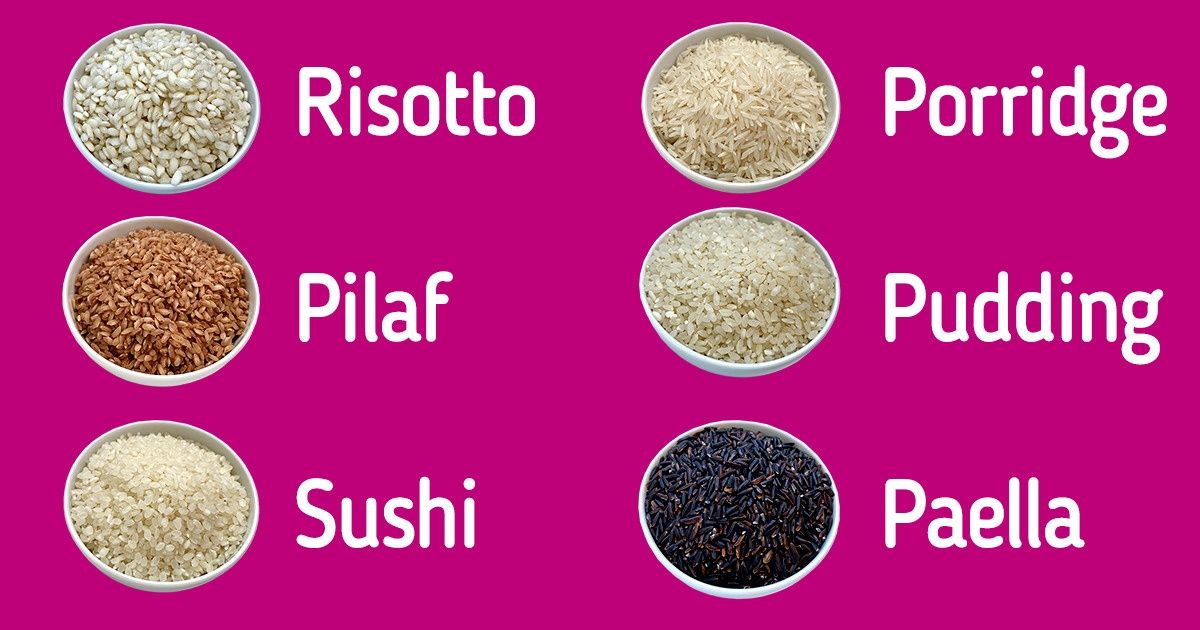
Rice is the staple food for more than half of the world’s population. And it ranks third in terms of production after cane sugar and corn. Due to its popularity, rice has become an important part of a wide variety of dishes. There are many types of rice, but it’s not very easy to figure out how they differ.
At 5-Minute Crafts, we made a guide of popular types of rice that you can buy in a regular supermarket. It will help you understand the differences between the types of rice, and what’s most important is that you’ll find out what rice to choose for a certain dish.
Basmati
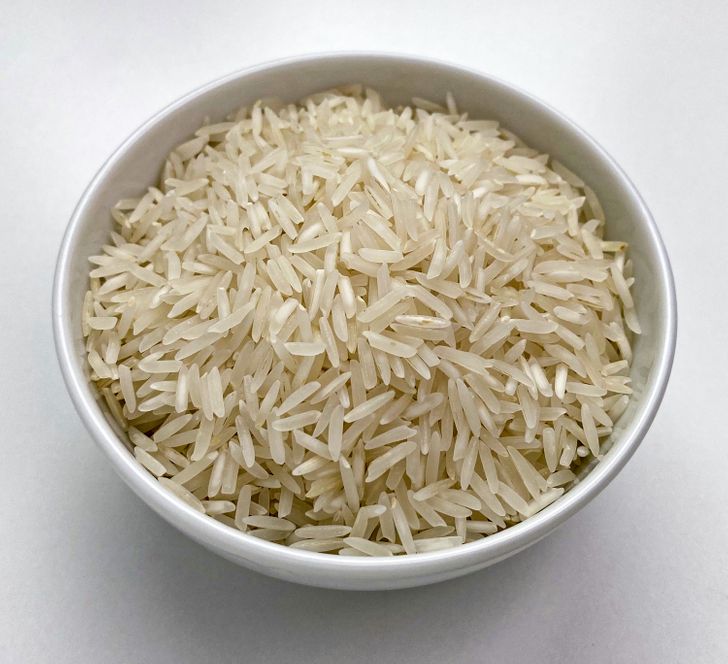
Description: long-grain, white, slender, aromatic
Dishes: side dishes, pilaf, desserts (e.g. pudding), paella, pilau, and other dishes of the European and Eastern cuisines.
Facts: It’s grown at the foot of the Himalayas in northern India, it’s called the king of rice for its exquisite taste and aroma.
Energy value: 348 cal per 100 g
Parboiled rice
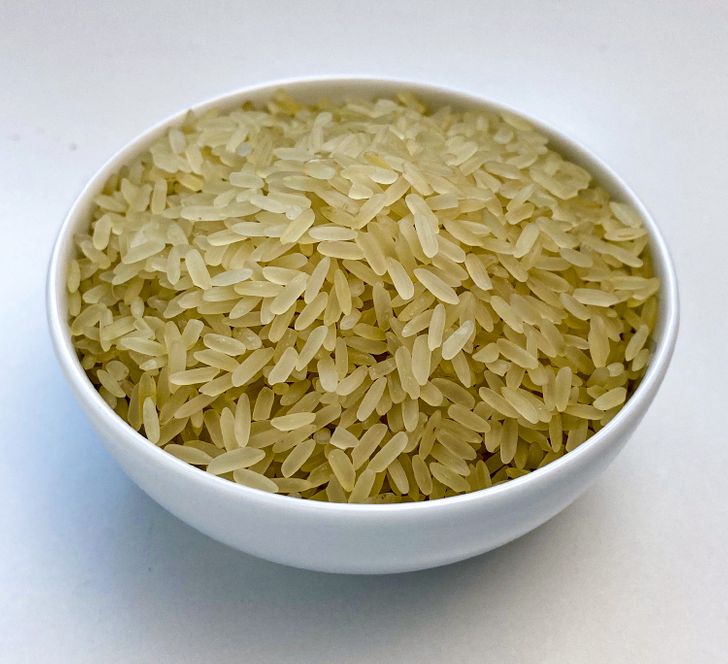
Description: long-grain, slightly yellow/gold hue, subtle nutty flavor
Dishes: a side dish to meat, fish, or poultry, desserts, and other dishes.
Facts: The parboiled rice is partially boiled within its husk. In the past, this method made it easier to process by hand. But nowadays it’s used to save as many minerals and vitamins in the rice as possible.
Energy value: 347 cal per 100 g
Kuban
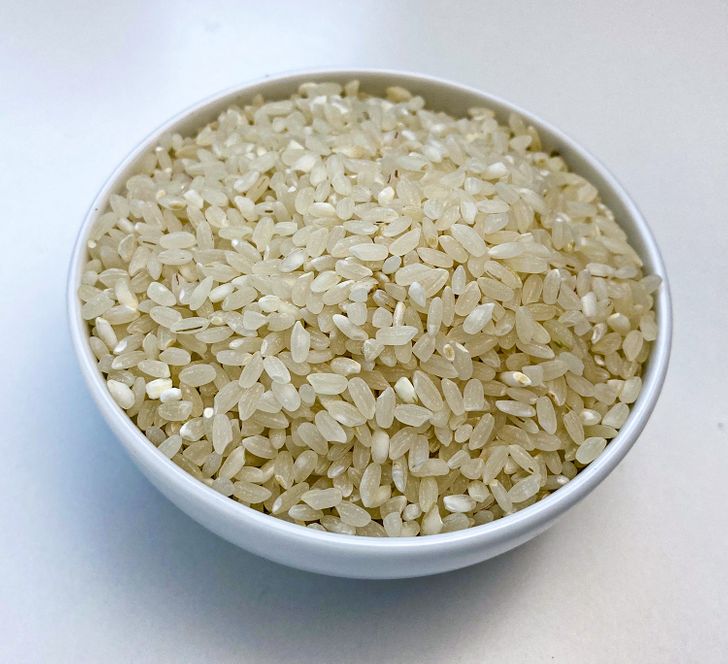
Description: short-grain, white
Dishes: porridges, baked puddings, desserts, pilaf, sushi
Facts: one of the most popular types of rice
Energy value: 348.8 cal per 100 g
Osman
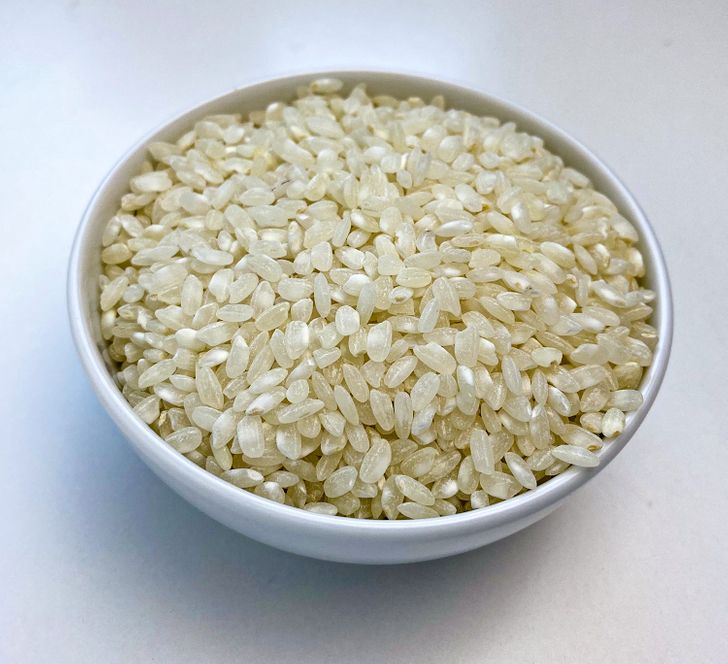
Description: round-grain, white, big
Dishes: pilaf
Energy value: 348.8 cal per 100 g
Jasmine
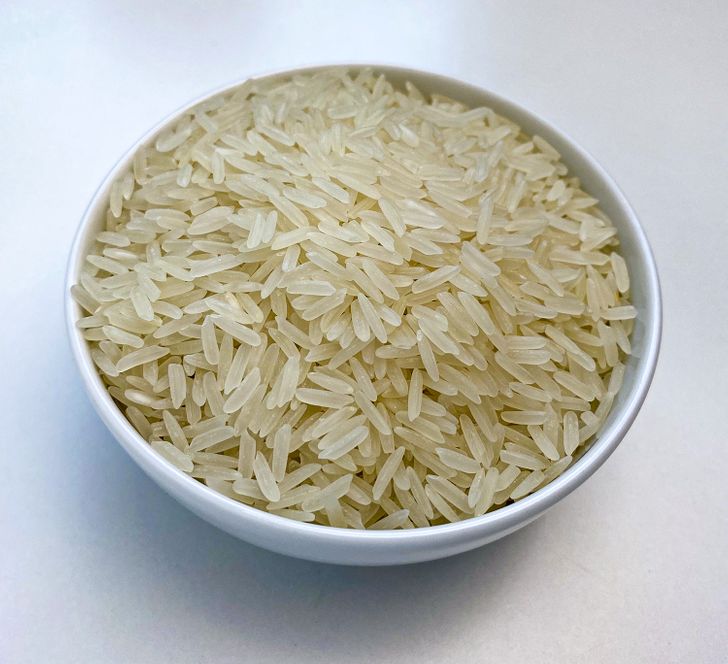
Description: long-grain, aromatic, white
Dishes: side dishes, exotic and spicy dishes of Eastern cuisine, soups, and desserts. When boiled, the jasmine rice becomes soft and soggy.
Facts: It’s grown on the high plateaus of Thailand and Vietnam, and is named after the jasmine flower for the color of the grains and its aroma.
Energy value: 338 cal per 100 g
Sushi rice
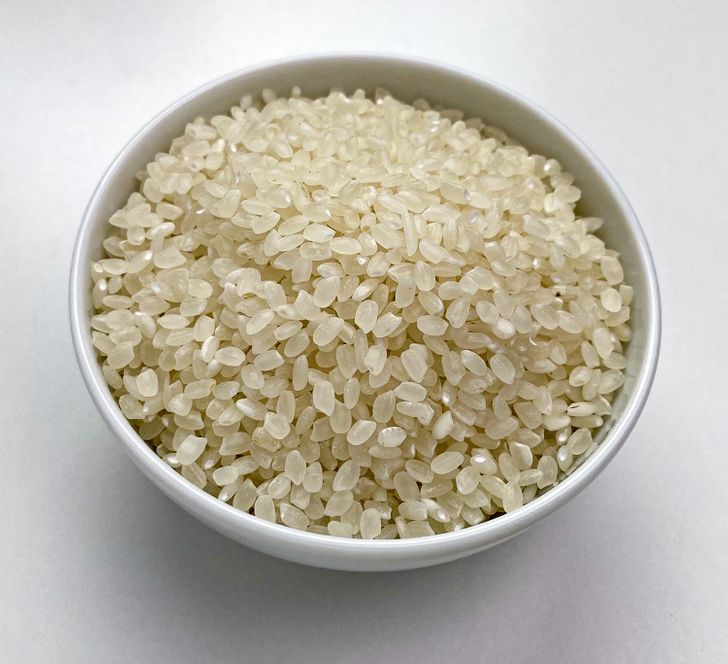
Description: short-grain, white, sticky, slightly sweet
Dishes: rolls, onigiri and sushi, dishes of the Japanese cuisine, rice puddings
Facts: For sushi, rice must undergo additional processing with rice vinegar so that the grains don’t stick together and retain their shape. After boiling, this rice becomes elastic and sticky.
Energy value: 350 cal per 100 g
Arborio
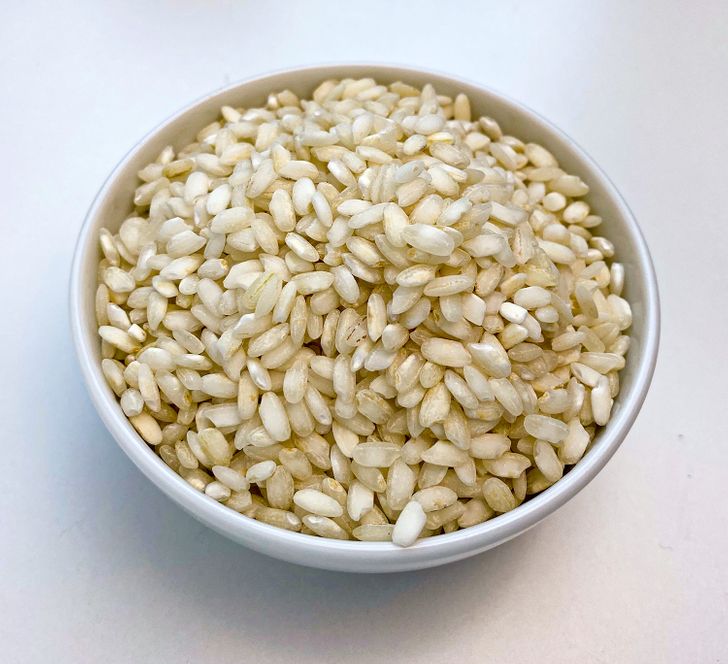
Description: short-grain, big, semi-transparent with a white center
Dishes: risotto, paella, pilaf, soups, and desserts
Facts: One of the best types of Italian rice. It boils down quickly, perfectly absorbs the taste and aroma of other ingredients of the dish.
Energy value: 338 cal per 100 g
Indica brown rice
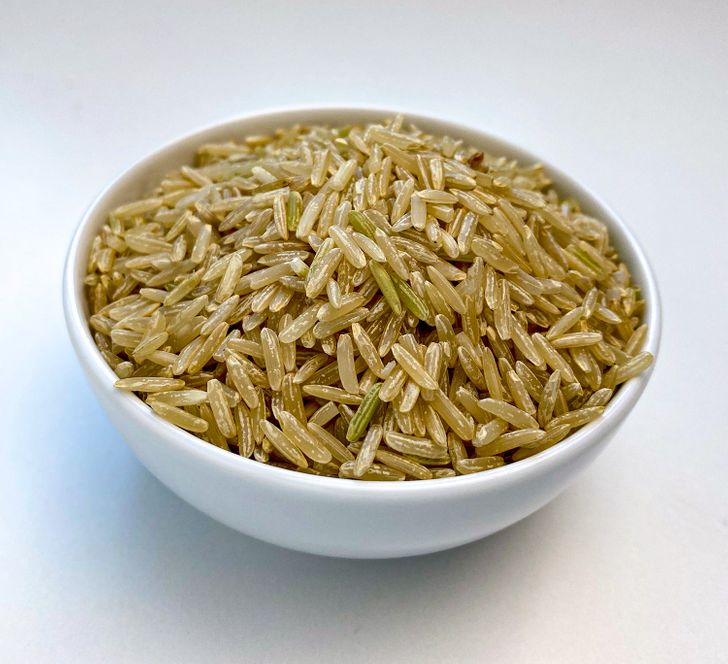
Description: long-grain, light brown hue, nutty flavor
Dishes: soups, salads, side dishes
Facts: Brown rice is processed with light grinding in order to preserve the germ and shell of the grain and, most importantly, all the vitamins and nutrients. It can’t be boiled soft and retains its shape.
Energy value: 343 cal per 100 g
Red Samarkand
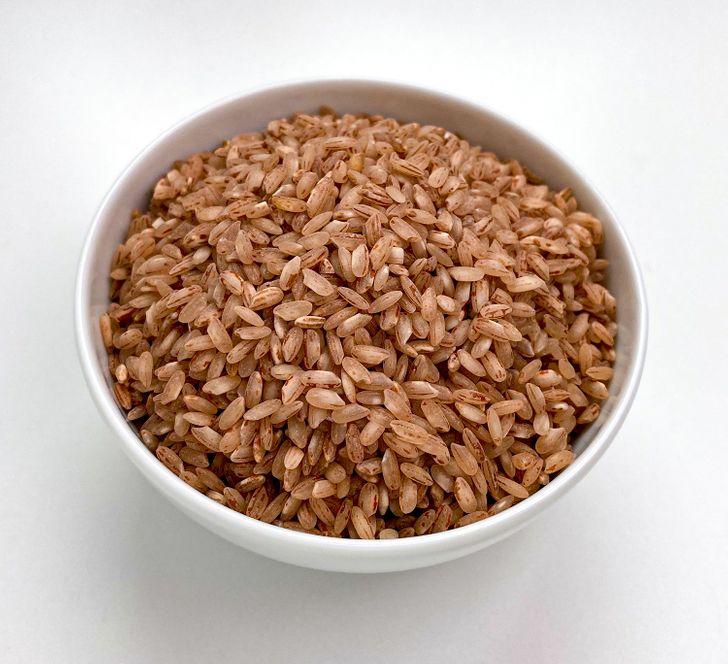
Description: red hue, round-grain, big
Dishes: Uzbek pilaf
Facts: This type of rice is processed in a way that during cooking it retains its shape, increases in size, and absorbs the aromas of the other ingredients of the dish.
Energy value: 339 cal per 100 g
Red jasmine
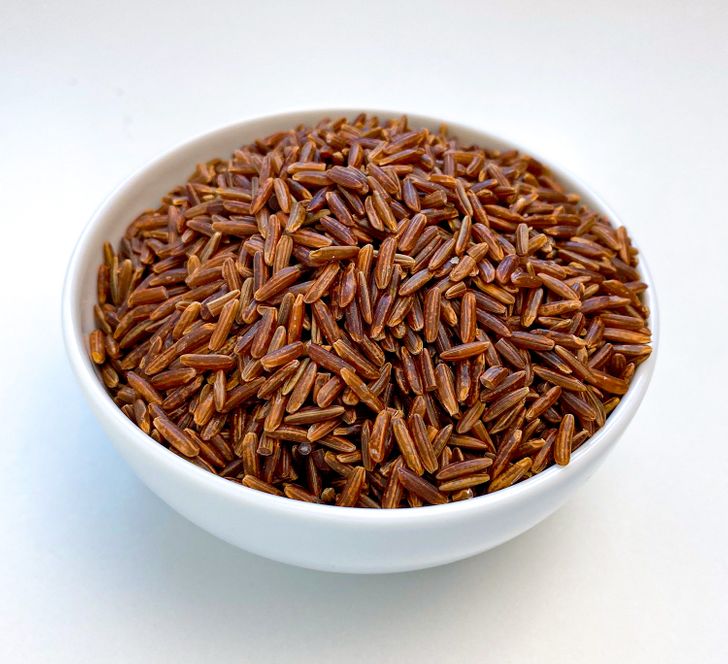
Description: long-grain unmilled rice, nutty flavor
Dishes: soups, salads, side dishes
Facts: It’s usually included in healthy food recipes and is used as a replacement for white rice.
Energy value: 354 cal per 100 g
Black
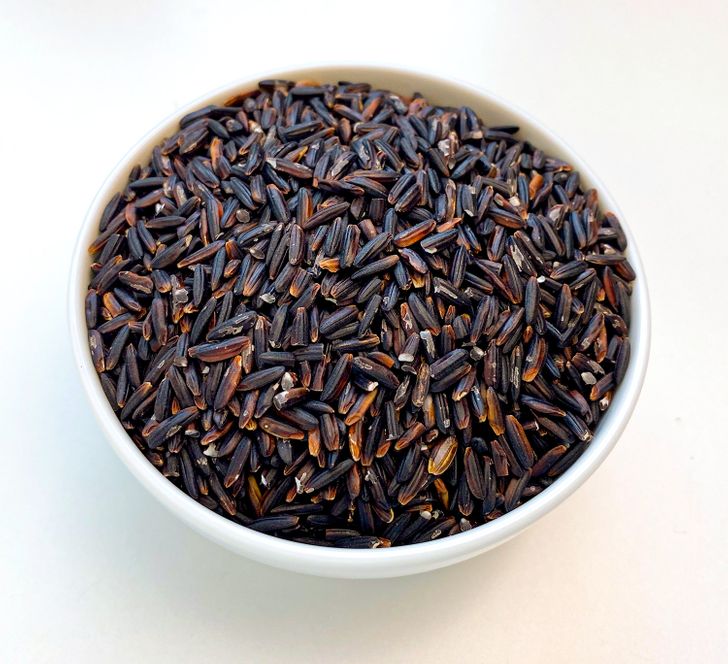
Description: long-grain rice, black color, unmilled, intense oily and sweet nutty taste
Dishes: side dishes and hot dishes, e.g. paella
Facts: The boiled rice has a deep purple color.
Energy value: 371 cal per 100 g